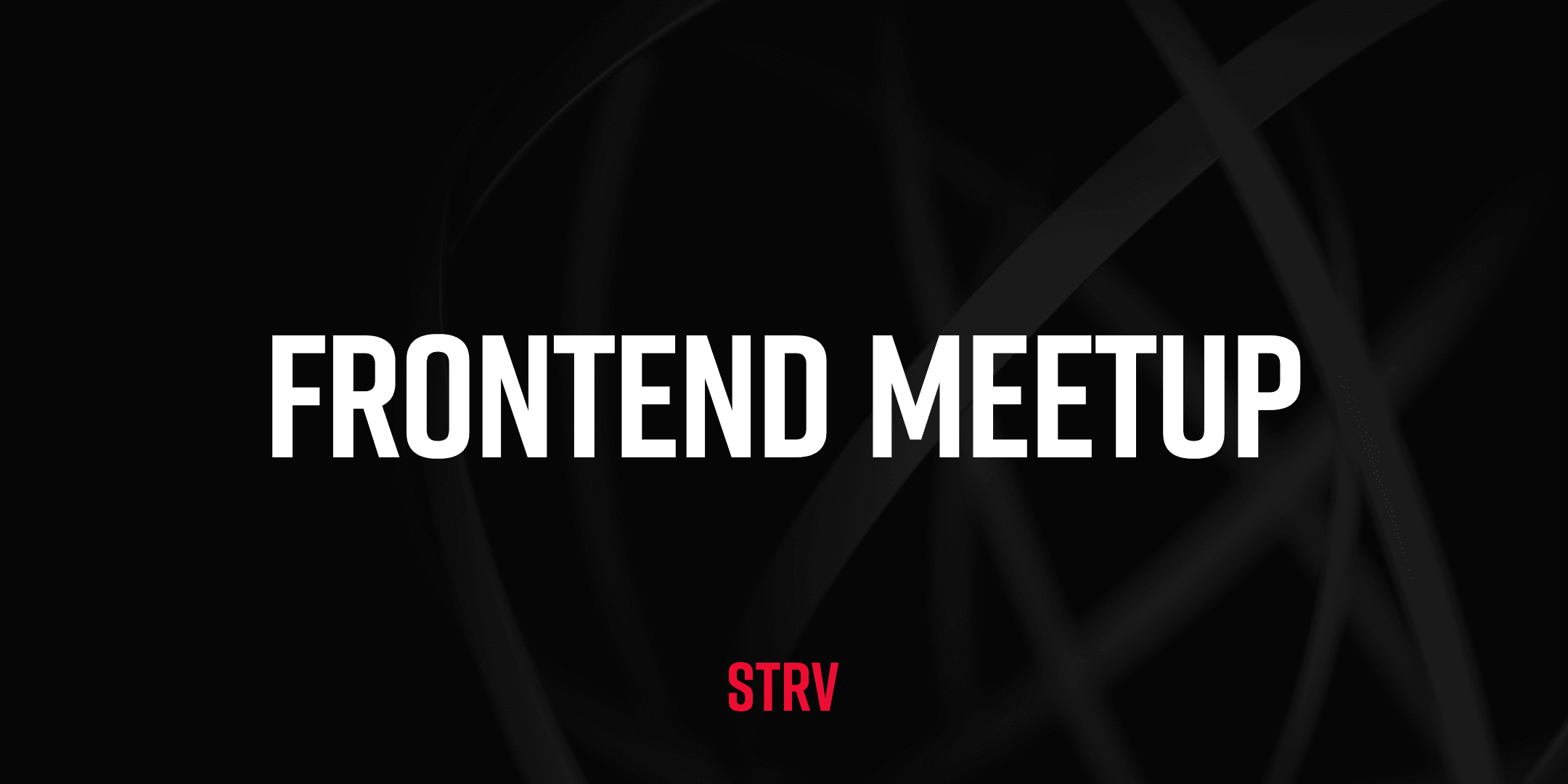Efficiently delivering new iterations of your product helps it thrive amongst its competitors. This is done by fixing bugs before they’ve damaged your reputation, systematically adding features and improvements over time, and basing those improvements on the expectations and hopes of your user base. Learning from your users, catering to what they really want. It’s all about knowing where to look for feedback, how to prioritize it and how to respond.
Building a digital product is, in an ideal scenario, a project for life. Design and development get you the initial build and, because these stages are measurable in terms of time and cost, they may appear to carry the most weight.
But a successful release is hardly the end. Really, it’s a beginning.
What comes next is an open-ended stage of post-launch care and scaling. Proving your worth, so to speak.
At STRV, we look for long-term partners because we want to be there for the whole ride, to do more than just create something and head out. Our team takes on every project as their own. By the time it’s released, we are fully invested. The designers, engineers, product managers and testers all know the product inside and out. We understand what it needs and where our client wants it to go. And we want to be the ones who help get it there.
Continuous Development by People Who Know Your Product
STRV’s post-launch care and support covers everything a digital product needs as it evolves from MVP onward. Rather than maintenance, we think of it as continuous development because it’s so much more than mindlessly fixing bugs. A product requires improvements from all aspects — tailoring designs to suit new features and trends, improving the UX by learning from user feedback, absorbing information from all sides to promptly address every new idea or worry.
By keeping the STRV team on, your product is in the hands of someone who already knows the reasoning behind every line of code, and who understands the ultimate purpose of your business. We’re able to not only expertly track bugs, necessary updates and user needs, but to also help you with the decision making process in terms of which improvements make sense for your specific product, and how to prioritize them. We do this by collecting and analyzing data (user behavior, churn rate, product-specific engagement metrics, etc.) as well as assessing the competition. All while keeping your exact goals in mind.
Keeping Engineers Onboard Is Priority N.1
Post-launch care relies primarily on engineering work. Even if you put improvements on a temporary hold, there will be a time when something needs fixing ad hoc — and that time will come quickly and often. Without the engineers who built your product and know it better than anyone, bug fixing can prove very difficult.
Why not just call any engineer the moment something needs fixing? First of all, the more people tinker with the product, the messier the code is going to be because no one is ensuring and maintaining the quality — it’s just someone randomly coming in and doing the work. Second of all, it’s simply not that easy.
At STRV, we follow strict coding conventions and stick to certain standards that make our code as comprehensible as possible. Nonetheless, if a new engineer comes in, he/she still needs to be onboarded regarding how the app functions, how the backend and architecture are structured, which particulars drove every decision, etc. By the time the engineer has repaired what was needed, you may have lost users and tainted your reputation — while increasing technical debt.
Generally, dissolving a team with plans of bringing it back later on is risky. From years of experience, we’ve seen how difficult it is to build up and activate a self-sufficient team after a window of zero engineering care. The result is almost always wasted time and resources — exactly what you may have been hoping to save by taking everyone off the project.
Of course, we understand that sometimes our partners feel backed into a corner (for example, startups with limited resources). But even then, there are solutions. For example, downscaling to a smaller team of “universal soldiers” — engineers that are capable of tackling multiple roles, like a full stack developer handling both backend and frontend.
In cases when pausing our teams’ partnership is unavoidable, we’re always happy to resume the cooperation later on. We do our best to put the original team back on, but it's not always possible because most people are allocated to new projects as soon as their previous projects come to a halt. Still, if we do onboard new people, we minimize wasted time by immediately connecting them with the original team. This ensures that all data is transferred quickly, seamlessly and in detail, and the original team continues to be readily available for input whenever needed.
In Summary: What STRV's Post-Launch Support Gets You
You’ve probably seen the global numbers. Around 90% of mobile apps launched in app stores are abandoned after just one use, and an average app tends to lose approximately 77% of Daily Active Users within three days of its installation.
The key is to know that your product should always be improving. Learn from your victories and your failures, and you’ll create something that’ll withstand the test of time.
If you choose a long-term partnership with STRV, our post-launch care encompasses all of the following:
- A dedicated, readily available team continually pushing the product forward
- A proactive approach to bug fixing (vs. a reactive, overdue approach)
- Regular meetings & standups that keep all stakeholders informed
- Continuous development - OS updates, API/service optimization, UX enhancements, roadmaps for upcoming changes, etc.
- Collecting & analyzing data - regular checks of user behavior, feedback, app installs, churn rate, product-specific engagement metrics, sales and revenue (if applicable), as well as keeping an eye on competition
We’ve been standing by many of our partners from the very beginning until today. From six years with ClassDojo to more than three years with The Athletic, it’s difficult to see where our team ends and our partner’s begins. And that’s just how we like it, because that’s what allows STRV to put its heart into the work we do.




